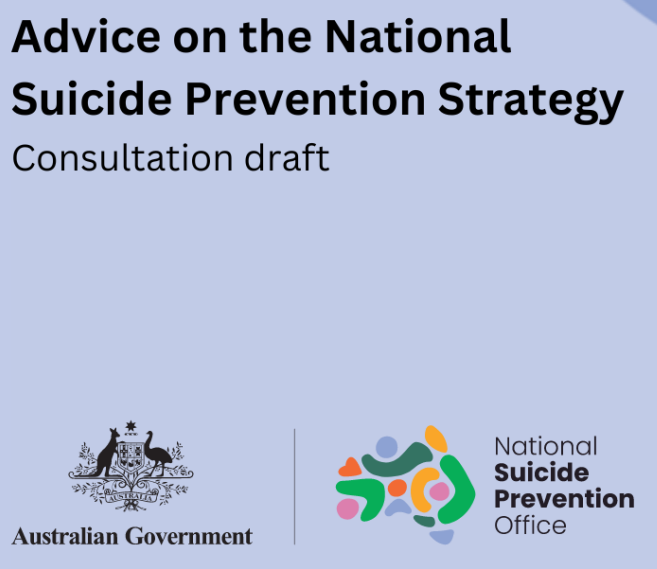Equally Well calls for priority on physical health factors in National Suicide Strategy submission.
Key points
- Equally Well Australia recommends that more detailed actions are needed to reflect the interplay of physical health issues and mental health in rising suicide risk in its submission to the Draft National Suicide Prevention Strategy.
- Early intervention and prevention for coexisting physical health issues such as chronic pain or alcohol and other drug use with mental health issues, need to be considered as key suicide prevention interventions.
- Saving lives through improving the health care of people living with a mental illness should be a national priority suicide prevention initiative.
There is strong and compelling evidence to indicate that addressing physical health prevention and treatment gaps in the general population and specifically for people living with mental health conditions, has the potential to make a significant contribution to reducing suicide rates in Australia, according to a submission by Equally Well Australia to the consultation draft – Advice on the National Suicide Prevention Strategy.
The submission recommends that given the strong evidence of the direct relationship between physical health and suicide risk, and its dynamic relationship with psychosocial and mental health factors, a focus on physical health in the Suicide Prevention Strategy should be a national priority.
“A large body of evidence from Australia and overseas recognises the direct link between physical health and mental distress”, according to Equally Well Australia, National Director Professor Russell Roberts.
“In Australia, we are in a unique position to lead the world in suicide prevention by taking a more proactive approach in addressing physical health needs across the general population, and specifically for people living with mental illness if we work more collectively to make the change in policy, practice and attitudes as a matter of urgency.”
“Internationally, a focus on those suffering with physical illness and pain has largely been overlooked in suicide prevention strategy and initiatives. With the development of the National Suicide Prevention Strategy, Australia has the opportunity to lead the world in this respect, by converting this evidence to national, state and local policy and action.”
In its submission, Equally Well Australia is encouraged by actions in the Draft Strategy that recognise good health as a key suicide prevention focus but calls for greater collective action in how to achieve overall equity of outcomes, to better align the Strategy with priorities already committed to in the Equally Well National Consensus Statement.
“We recommend that including more detailed actions addressing the physical health factors would recognise this element as a protective factor of suicide-related outcomes, which at the very least will result in improved health, less pain and distress for people living with mental health conditions, and reduce pressure on health and hospital services,” Professor Roberts said.
Key facts and statistics (from the submission)
- Australian Bureau of Statistics (ABS) cause of death data shows the suicide risk factor prevalence for natural disease (physical illness) of 60.2% is the same order of magnitude as psychosocial risk factors (68%) or behavioural or mental disorders (64%).
- The ABS analysis of coroner-referred deaths reported that physical illness is associated with 47% of all suicide deaths. For people 45 years and over, suicide cause prevalence of physical illness was 59.%.
- A 25-year population study of 27,000 suicide cases and 480,000 matched controls found two thirds of suicides of people with a psychiatric illness had a co-existing physical health illness and that “the two types of illness interacted significantly with each other to increase suicide risk in all persons.”
Read the full Equally Well submission here.
References
Australian Bureau of Statistics. Causes of Death Australia, Intentional Self-Harm Key Characteristics. Canberra, ACT: ABS; 2023
Australian Bureau of Statistics. Psychosocial Risk Factors as They Relate to Coroner-Referred Deaths in Australia 2017, Research Paper, Cat. no. 1351.0.55.062. Canberra,: ABS; 2019
National Mental Health Commission. Equally Well Consensus Statement. Improving the physical health and wellbeing of people living with mental illness in Australia. https://www.equallywell.org.au/wp-content/uploads/2018/12/Equally-Well-National-Consensus-Booklet-47537.pdf Sydney: NMHC; 2016.
Qin P, Hawton K, Mortensen PB, Webb R. Combined effects of physical illness and comorbid psychiatric disorder on risk of suicide in a national population study. The British Journal of Psychiatry. 2014;204(6):430-5.



